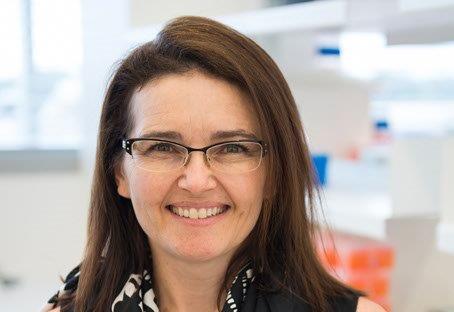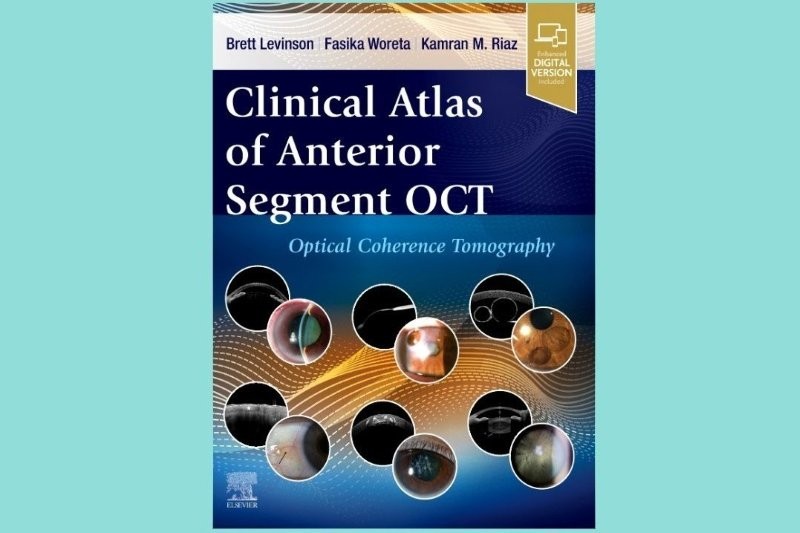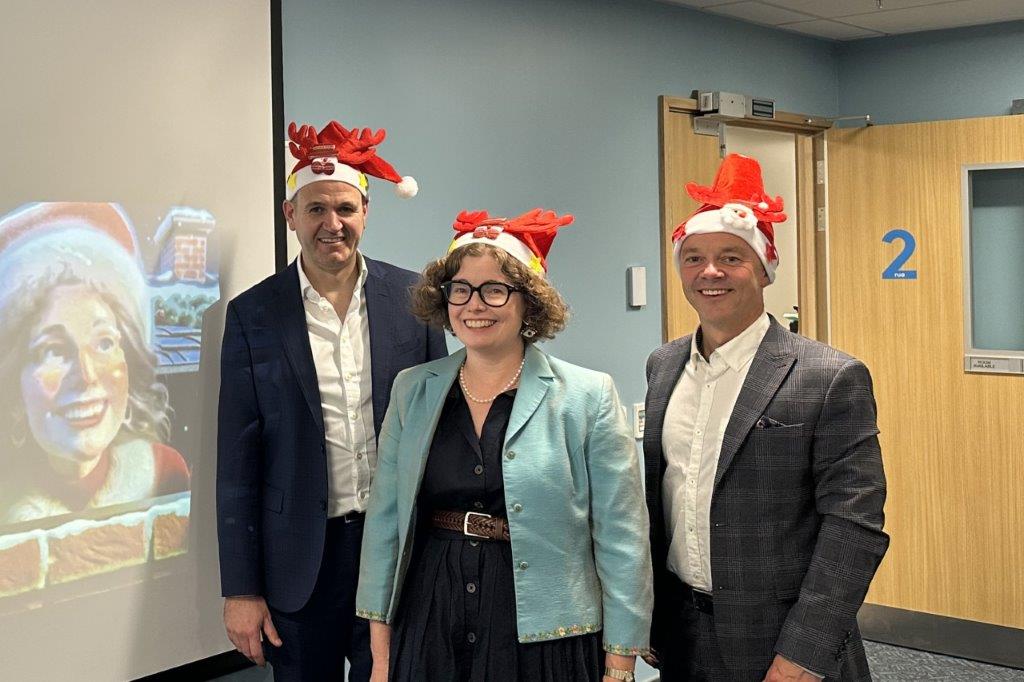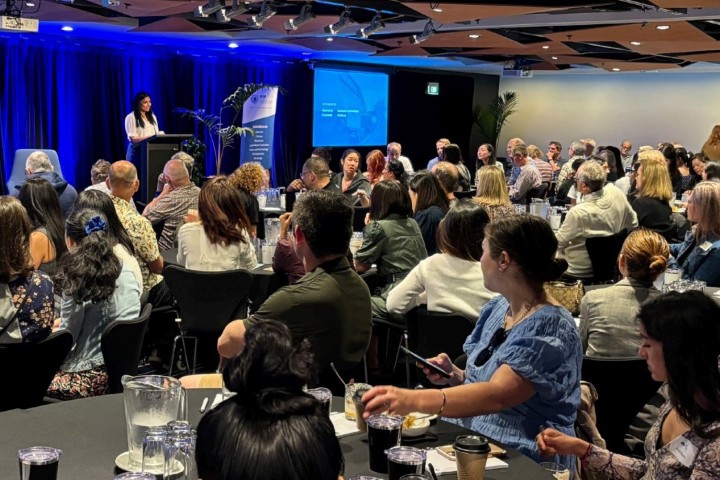Unveiling the IGATES eye injury registry
Gathering eye injury data since 2019, The International Globe and Adnexal Trauma Epidemiology Study (IGATES) is increasingly identifying national and demographic trends, plus some unexpected lockdown effects. To find out more, Drew Jones spoke to principal investigators Dr Rupesh Agrawal, from Tan Tock Seng Hospital in Singapore, and Annette Hoskin, a research fellow working with corneal specialist Professor Stephanie Watson at the Lions Eye Institute and the University of Sydney’s Save Sight Institute.
How did you both get involved?
AH: Eye injuries and how to prevent them is something that I've been really interested in for a very long time. Ultimately, by understanding when and where eye injuries happen, we can look towards strategies for preventing them.
Rupesh has been working on this project for a few years more than me. When I met him in Singapore in 2018 he told me about the work and I asked if I could be involved. It's gone through different phases and different platforms, and now we're at an even more exciting phase with data coming in from many more international centres.

Annette Hoskin
What sort of broad trends are you seeing?
AH: Almost universally, in all types of injuries, not just eye injuries, males are always more represented than females. The only time that that seems to vary significantly is with very young children who are not yet walking or with very old females.
With primary school children, a lot of the injuries relate to young boys playing. So it’s injuries from sports and being poked in the eye – pens, pencils and things that kids use around the home – that could result in hyphaemia or retinal detachment. In Australia all types of football are highly represented, as are golf and squash, where the ball is the perfect size to fit into the orbit of the eye. Squash is not as popular as it was in the ‘90s and people tend to use eye protection, so we see fewer injuries now. Badminton is another one, particularly in doubles games when somebody standing at the net is hit by the shuttlecock at speed.
What injuries are you seeing with older people?
AH: With the elderly population it’s increasingly injuries from falls, and often these are open globe injuries that are more likely to lead to vision loss. They are falling onto sharp objects, so it might be the bedside table or coffee table and they might be wearing glasses that are not impact resistant. From some of the studies we've done in Australia and internationally, it’s often people who have had a previous injury or surgeries.
Do you notice different types of injuries in different parts of the world?
AH: The profile of eye injuries can be quite different. So in Australia we are seeing more injuries at home and when people are playing sport, whereas in countries like India and China, they're seeing more eye injuries from work-related incidents.
Have the pandemic’s lockdowns affected the eye injuries you’re seeing?
AH: Yes, with more time available, people are doing more DIY and awareness drops relating to eye protection. Even if someone uses a hammer or drill at work and always wears eye protection, the likelihood of them using this at home is lower. Other common injuries relate to cleaning chemicals, particularly the caustic substances used in oven and drain cleaners. Many of these products carry warnings to wear eye protection but people rarely take notice. What would be great is if supermarkets and hardware stores had eye protection hanging directly next to these products or have warnings on the shelves.
Are sight-threatening injuries more common than you’d thought?
AH: Eye injuries are the most significant cause of monocular vision loss internationally. Fortunately, binocular eye injuries are fairly rare, but of course devastating when they occur. Around 20% of the eye injuries we’ve seen in Australia resulted in vision loss that meant those people could no longer legally drive.
Is IGATES collecting data via an online platform?
AH: Depending on the way the different institutions or hospitals work, they can enter data offline or online, and we've set up the software so that it makes it much easier for the different institutions to navigate the ethics and approvals that they need. It should only take practitioners about 10 minutes to enter all of the data: we've really tried to focus on the key information relating to the circumstances of the injury, the object involved, whether the patient was wearing eye protection, what their vision was when they first presented and what their visual outcome is afterwards. Then we’ll see if there's other information we’d like to collect; for example, different treatment strategies.
RA: IGATES now has 33 participating sites in 14 countries. We have data-sharing agreements in place for some centres and others are in progress. We are trying to use standardised terminology related to ophthalmic trauma.

Dr Rupesh Agrawal
AH: Terminology is key, if we don't use the same terms then it is difficult to compare data internationally and develop prevention strategies. We are currently working on a survey to align the international terminology and accompanying graphics for ophthalmic (eye and adnexal) injuries.
RA: It's only passion that motivates participating centres, even though most of them are overwhelmed with the routine work. The only other incentive for our collaborators is the publications coming from the registry. Hence, our registry is a smart tool to keep it simple; not too taxing.

Screengrab of the IGATES software
How can ophthalmologists in Australasia contribute?
AH: Ophthalmology plays a significant role in adding data to the registry. Locally we are working with a number of ophthalmologists to increase the information in Australia and New Zealand, but we would love to hear from anyone else who’s interested in participating.
Combining retrospective data of ocular trauma from 2006-2015 with an ongoing prospective study, IGATES is a collaboration of the Asia Pacific Ophthalmic Trauma Society (APOTS), International Society of Ocular Trauma (ISOT), Chinese Ocular Trauma Society (COTS) and the Ocular Trauma Society of India (OTSI). ECPs keen to participate can contact rupeshttsh@gmail.com or annettehoskin@yahoo.com.au.


























